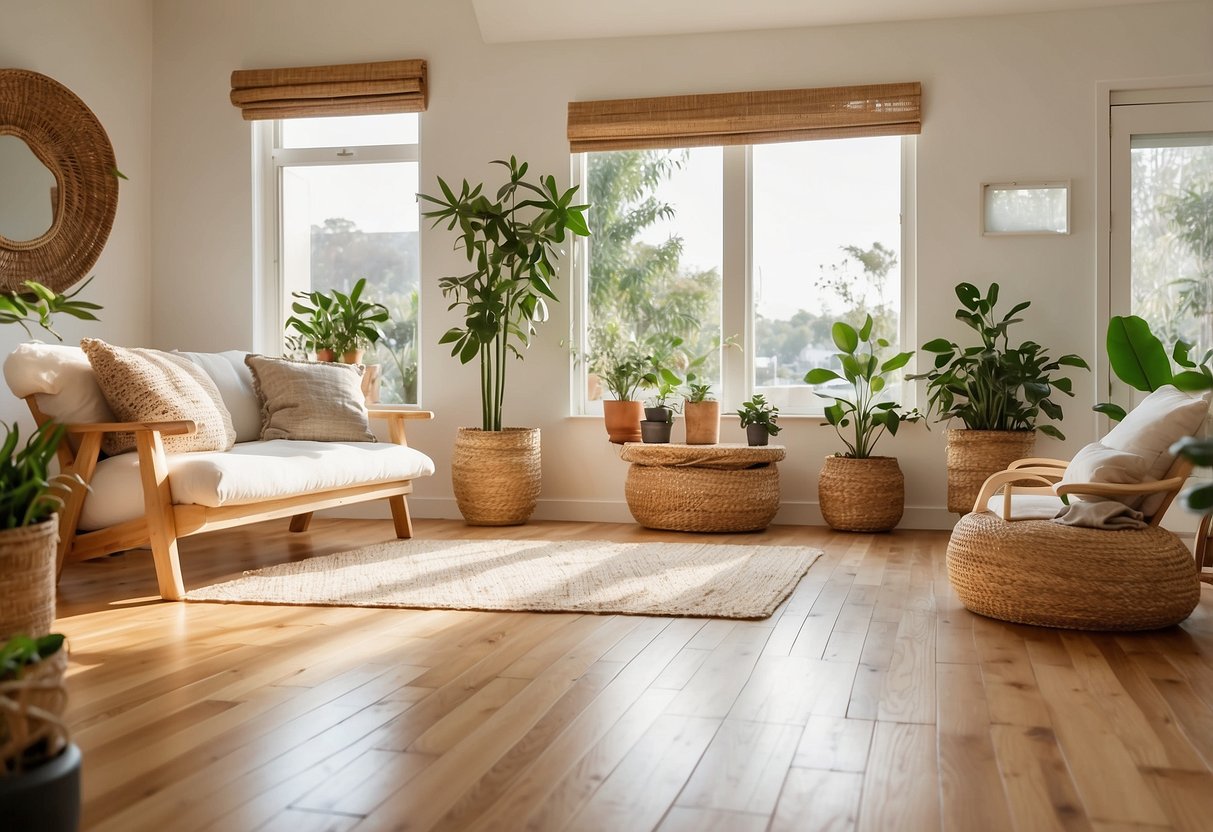Eco-Friendly Home Decor: Transform Your Space with Sustainable Style
Sourcing and Production
Examining how materials for eco-friendly home decor are sourced and produced can provide insights into their ethical and environmental impact. It’s essential to consider both ethical sourcing practices and the scale at which goods are produced.
Ethical Sourcing Practices
Ethical sourcing involves obtaining materials in a responsible and sustainable manner. Companies prioritize transparency, working conditions, and environmental impact. Sourcing certified organic cotton, reclaimed wood, or recycled metal can significantly reduce the environmental footprint.
Fair trade certifications ensure that workers receive fair wages and work in safe conditions. Brands that adhere to these principles often have certifications like Fair Trade, GOTS, or the FSC. Ethical sourcing often demands higher prices, but it supports better working conditions and environmental stewardship.
Local vs. Global Production
Local production often reduces transportation emissions and supports local economies. It can ensure closer scrutiny of environmental practices and labor conditions. Products made locally tend to have a smaller carbon footprint due to reduced shipping distances.
Global production can leverage resources and craftsmanship unique to certain areas. Though it may contribute to higher emissions from transportation, it sometimes offers cost efficiencies and diverse material options. Ensuring ethical practices and sustainability standards in global supply chains is crucial to mitigate environmental and social impacts.
Living Room Decor Strategies

Eco-friendly decor for the living room involves choosing sustainable furniture and accent pieces that complement your home’s style.
Furniture Selection
Opt for furniture made from renewable resources or reclaimed materials. Bamboo, reclaimed wood, and rattan are excellent choices.
Choose items finished with non-toxic paints or natural oils. Many manufacturers now provide fully sustainable options, focusing on durability to ensure long-lasting use.
Look for sofas and chairs with cushions made from organic cotton, hemp, or natural latex, avoiding synthetic fabrics that harm the environment. Second-hand furniture, purchased from thrift stores or online marketplaces, offers unique pieces while reducing your carbon footprint.
Accent Pieces
Accent pieces like rugs, pillows, and wall art play a significant role in sustainable decor. Choose rugs made from natural fibers such as wool, cotton, or jute.
Throw pillows stuffed with organic cotton or recycled materials reduce environmental waste. For wall art, consider pieces from local artisans or those made from reclaimed materials to add a unique touch to your living space.
Plants are another excellent eco-friendly accent. They improve air quality and create a peaceful atmosphere in the room. Choose easy-to-care-for varieties such as succulents or ferns.



